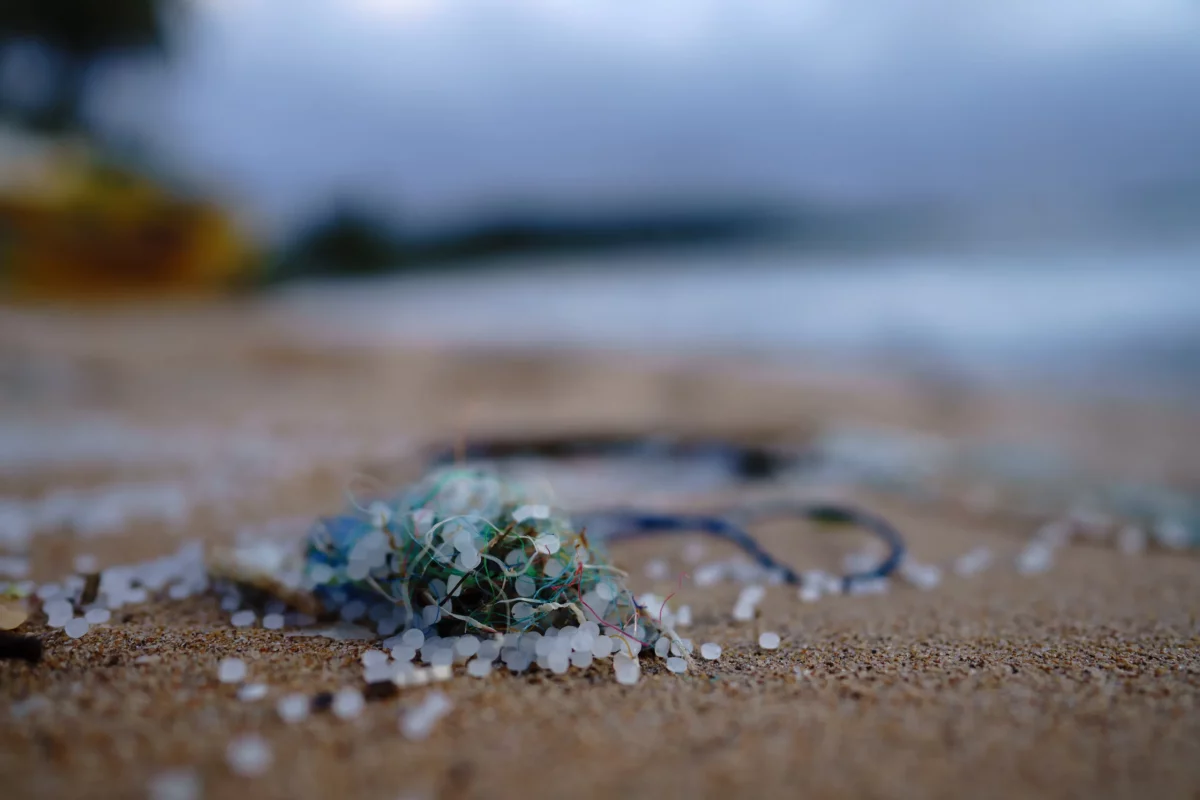Glitter, cosmetics, toys and detergents are among the products in the firing line of a new EU law that is banning the intentional inclusion of harmful microplastics in a huge range of commonly used items.
Within the next three weeks, the first products banned under a new EU law prohibiting “intentionally added” microplastics will disappear from shelves. They will include glitter and goods featuring microbeads, small pieces of plastics used for exfoliation.
In the years to come, this list will expand considerably to cover a vast number of products, from infill used on artificial sports surfaces to detergents, cosmetic products and toys, to which non-biodegradable microplastics have been intentionally added.
The definition of microplastics used by the EU in its legislation is broad in scope, according to lawmakers, covering “all synthetic polymer particles measuring less than five millimetres that are organic, insoluble and resist (bio)degradation”.
These tiny particles cause untold environmental damage and have found their way into food and drinking water sources around the world, threatening human health too. According to the EU, this new ban will prevent the unnecessary release of 42,000 tonnes of microplastics in the bloc each year.
Some products and their manufacturers will be given more time to adapt to the new rules – the cosmetic industry has up to 12 years to comply in some cases, for example – but for others, the axe has already fallen.
“Banning intentionally added microplastics addresses a serious concern for the environment and people’s health,” says Virginijus Sinkevičius, EU Commissioner for Environment, Oceans and Fisheries. “Microplastics are found in the seas, rivers and on land, as well as in food and drinking water. Today’s restriction concerns very small particles, but it is a big step towards reducing human-made pollution.”
There are some exemptions, with certain construction materials that include microplastics in their make-up intentionally, but do not or can minimise the release of these particles, falling outside of the landmark legislation.
Manufacturers of the products that find themselves in the clear will still, nonetheless, be required to provide the estimated yearly emissions from these products as well as information on how they dispose of the microplastics without allowing them to enter the environment.
Products that do not have microplastics intentionally added, but that are present, such as sludge or compost, are also not included in the ban.
Make sure you’re never left out of the conversation.
Sign up for the Monaco Life newsletter, and follow us on Facebook, Twitter, Instagram and LinkedIn.
Photo source: Soren Funk, Unsplash
